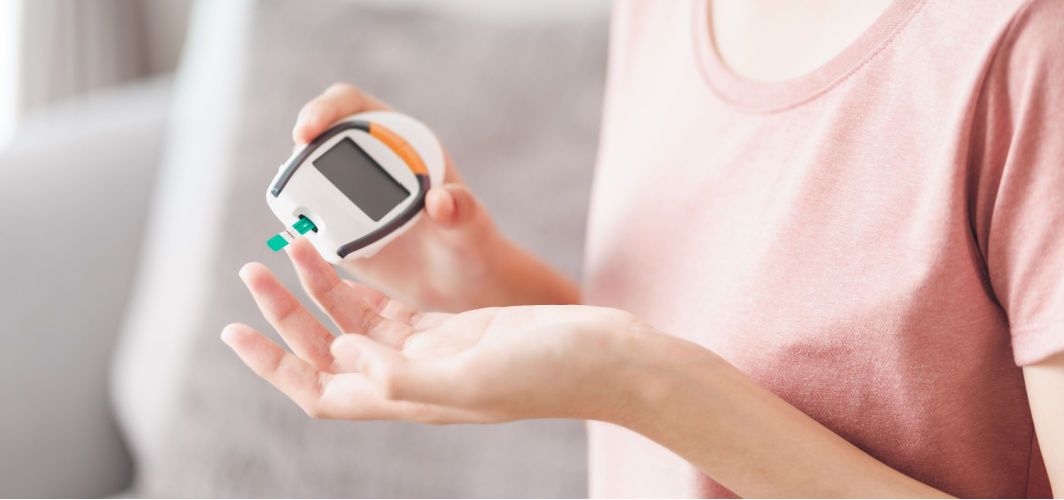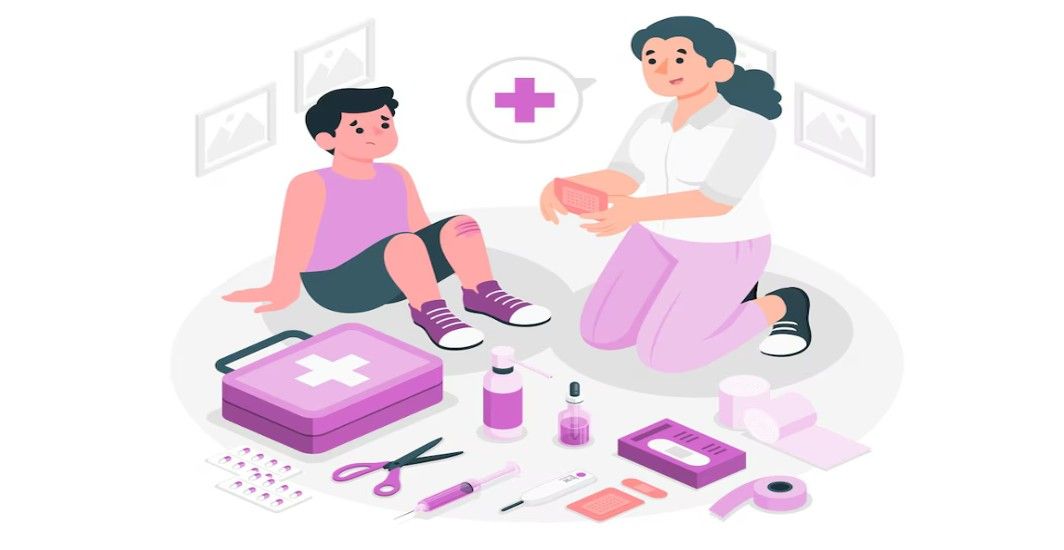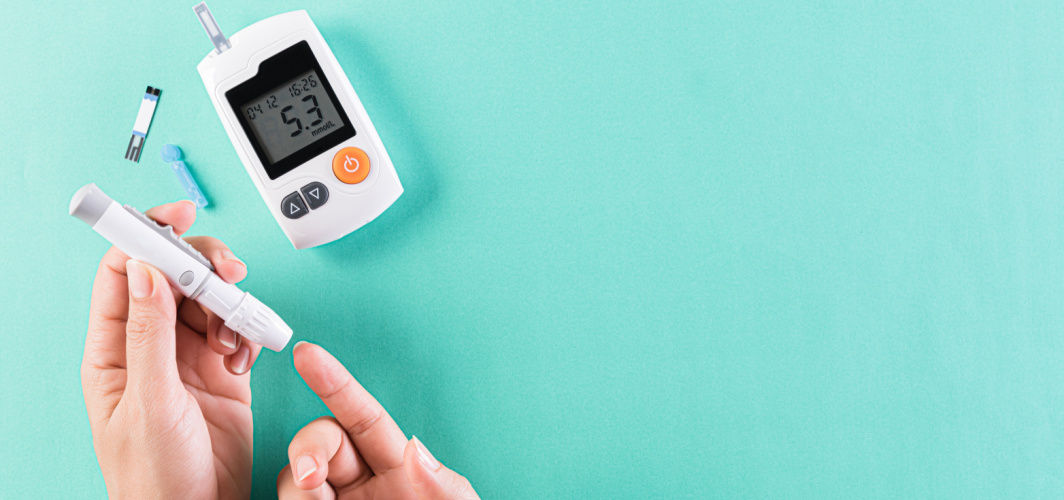Diabetes Management
3 Common Mistakes to Avoid While Blood Sugar Testing
2 min read
By Apollo 24|7, Published on - 13 September 2023, Updated on - 14 September 2023
Share this article
0
0 like

Keeping an eye on your habits, embracing lifestyle adjustments and incorporating regular exercise, are essential steps in mitigating the risk of disease for individuals living with diabetes. The ability to conduct self-blood sugar testing, which helps prevent severe complications and promotes a stress-free life, is important too. Nevertheless, individuals frequently find themselves making errors during this monitoring process. In this blog post, we'll explore three common blood sugar testing mistakes that you must avoid to ensure precise monitoring and the effective management of your health.
1. Pricking the Same Finger Daily
Repeatedly using the same finger for daily blood sugar tests can lead to discomfort or minor injury. To prevent this, you can alternate fingers from either hand when conducting blood sugar level tests.
2. Improper Hand Hygiene
Always begin by washing your hands thoroughly with soap and water, ensuring they are completely dry. Leftover residues from food or other substances on your fingers can contaminate the test strip, leading to inaccurate results.
3. Testing Right After Eating
Testing your blood sugar right after having a meal or a snack might give you a high reading on your glucometer. Testing fasting blood sugar and before eating would likely be more accurate. If you wish to test after eating, it is advisable to wait for two hours after eating.
Conclusion
Maintaining accurate blood sugar testing is pivotal for effective diabetes management. Avoiding these common mistakes will empower you to take better control of your condition and collaborate effectively with your healthcare team to make informed decisions regarding your diet, medication, and lifestyle. You should reach out to your healthcare provider for guidance and support if you have any questions or concerns regarding your blood sugar testing.
Diabetes Management
Consult Top Diabetologists
View AllLeave Comment
Recommended for you

Diabetes Management
Mindful Wound Care for Diabetic Individuals
Slow wound healing can be a significant challenge for diabetics, but the right care can change this. Some ways to promote healing include regular foot checks, maintaining optimal blood sugar levels, proper wound cleaning and dressing, relieving pressure on wounds, and seeking medical attention.
.jpg?tr=q-80)
Diabetes Management
Tips For Maintaining Healthy Blood Sugar Levels In Summer
Maintaining healthy blood sugar levels in summer can pose a challenge, but with proper hydration, regular monitoring, sun protection, healthy eating habits, and safe exercise, you can enjoy the warmth without compromising on your health. If you're looking for structured support to manage diabetes, consider enrolling in the Apollo Super 6 programme for comprehensive guidance.

Diabetes Management
How Diabetes Can Affect Your Digestive System
Understanding diabetes' impact on the digestive system is crucial for effective management. Both Type 1 and Type 2 can cause complications like gastroparesis and liver issues. Recognizing symptoms such as abdominal pain, nausea, and bowel changes is vital. Management may require lifestyle changes, medications, or surgery. Prevention involves optimal blood sugar control, regular check-ups, and screenings.
Subscribe
Sign up for our free Health Library Daily Newsletter
Get doctor-approved health tips, news, and more.
Visual Stories

8 Fruits That are Incredibly Healthy for Diabetes
Tap to continue exploring
Recommended for you

Diabetes Management
Mindful Wound Care for Diabetic Individuals
Slow wound healing can be a significant challenge for diabetics, but the right care can change this. Some ways to promote healing include regular foot checks, maintaining optimal blood sugar levels, proper wound cleaning and dressing, relieving pressure on wounds, and seeking medical attention.
.jpg?tr=q-80)
Diabetes Management
Tips For Maintaining Healthy Blood Sugar Levels In Summer
Maintaining healthy blood sugar levels in summer can pose a challenge, but with proper hydration, regular monitoring, sun protection, healthy eating habits, and safe exercise, you can enjoy the warmth without compromising on your health. If you're looking for structured support to manage diabetes, consider enrolling in the Apollo Super 6 programme for comprehensive guidance.

Diabetes Management
How Diabetes Can Affect Your Digestive System
Understanding diabetes' impact on the digestive system is crucial for effective management. Both Type 1 and Type 2 can cause complications like gastroparesis and liver issues. Recognizing symptoms such as abdominal pain, nausea, and bowel changes is vital. Management may require lifestyle changes, medications, or surgery. Prevention involves optimal blood sugar control, regular check-ups, and screenings.

